Four people stand at positions A, B, C and D and hold two ropes in the initial configuration shown.
These folk may “dance” with these ropes by performing just two moves, multiple times, in any order they like:
Rotate as a group 90 degree counterclockwise. (Thus the person in position A moves to position B, the person in position B to position C, and so on.) Call this move “ROTATE”denoted as R.
Example: Given initial state, on one rotate, below is the state:
Folks in positions D and C(the folks in the northeast and southeast) swap places with D holding the rope up and over C. Call this move a “SWAP.” denoted as T.
Example: Given initial state, on one swap, below is the state:
ROTATE - R
SWAP - T
Properties of operations:
Operations are not commutative - RRRTT not equals RTRTR
Operations are associative - (TR)T equals T(RT)
Inverse - R^-1 = R^3 or 3R and T^-1 = RTRTR
R^-1 (one anti-clockwise rotation) is:
3R (three clockwise rotation) is:
How to represent the state of this tangle with an abstract data type?
How do the operations(ROTATE & SWAP) modify the state of this tangle represented by this abstract data type?




